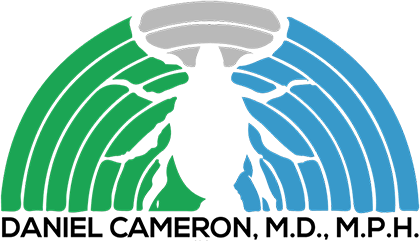Call for your appointment today 914-666-4665 | Mt. Kisco, New York

by Daniel J. Cameron, MD MPH
 The authors found 13% of patients with a spinal tap positive by both cerebrospinal fluid pleocytosis and Borrelia-specific antibodies remained ill for more than 3 months after treatment. Meanwhile, 33% of Lyme neuroborreliosis patients with Borrelia-specific antibodies detected in cerebrospinal fluid and 43% of Lyme neuroborreliosis patients with pleocytosis in cerebrospinal fluid also remained ill for more than 3 months following treatment. [1]
The authors found 13% of patients with a spinal tap positive by both cerebrospinal fluid pleocytosis and Borrelia-specific antibodies remained ill for more than 3 months after treatment. Meanwhile, 33% of Lyme neuroborreliosis patients with Borrelia-specific antibodies detected in cerebrospinal fluid and 43% of Lyme neuroborreliosis patients with pleocytosis in cerebrospinal fluid also remained ill for more than 3 months following treatment. [1]
According to the authors, these patients had higher levels of the Th17-associated markers (IL-17A) and the B cell-associated markers (CXCL13, APRIL and BAFF) in their spinal fluids than in controls. [1] “We confirm that B cell and Th17-associated immune responses are involved in Lyme neuroborreliosis pathogenesis with different patterns in subgroups.”
“Speculatively, moderate levels reflect an appropriate B cell response, while higher levels may reflect an over-shooting response mirroring or even contributing to more extensive CNS pathology,” explains Gyllemark. “A Th17 response could be involved in the pathogenesis of a delayed therapeutic response.” [1]
The study suggests that high levels of IL-17A in the cerebral spinal fluid in the acute phase of the disease may be associated with slower recovery. Therefore, “IL-17A should be further evaluated as a possible biomarker for prognosis.”
The authors did not address whether a persistent infection might explain their findings, as the study was retrospective. It would be helpful to prospectively determine if an active infection might explain the high levels of cytokines and chemokines found in Lyme neuroborreliosis patients who, despite treatment, remain ill.
References:
- Gyllemark P, Forsberg P, Ernerudh J, Henningsson AJ: Intrathecal Th17- and B cell-associated cytokine and chemokine responses in relation to clinical outcome in Lyme neuroborreliosis: a large retrospective study. J Neuroinflammation 2017, 14(1):27.



